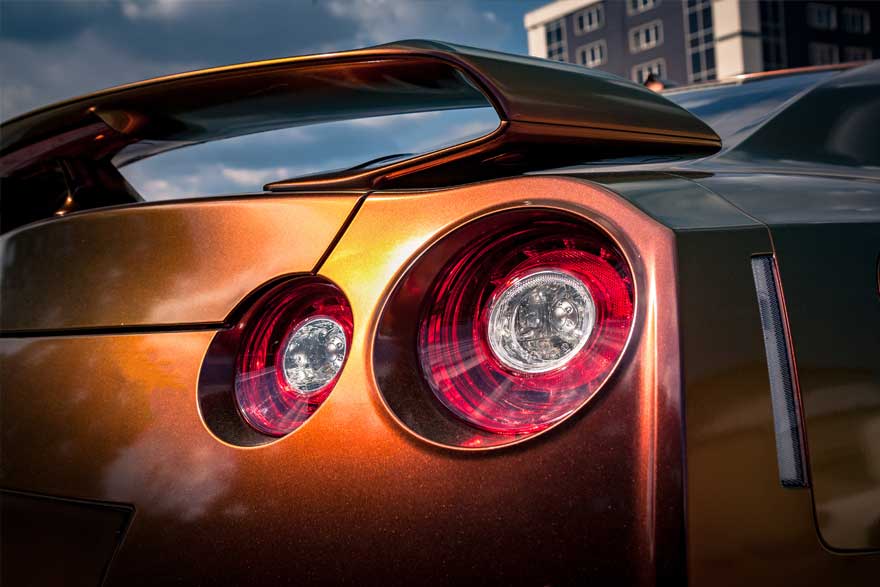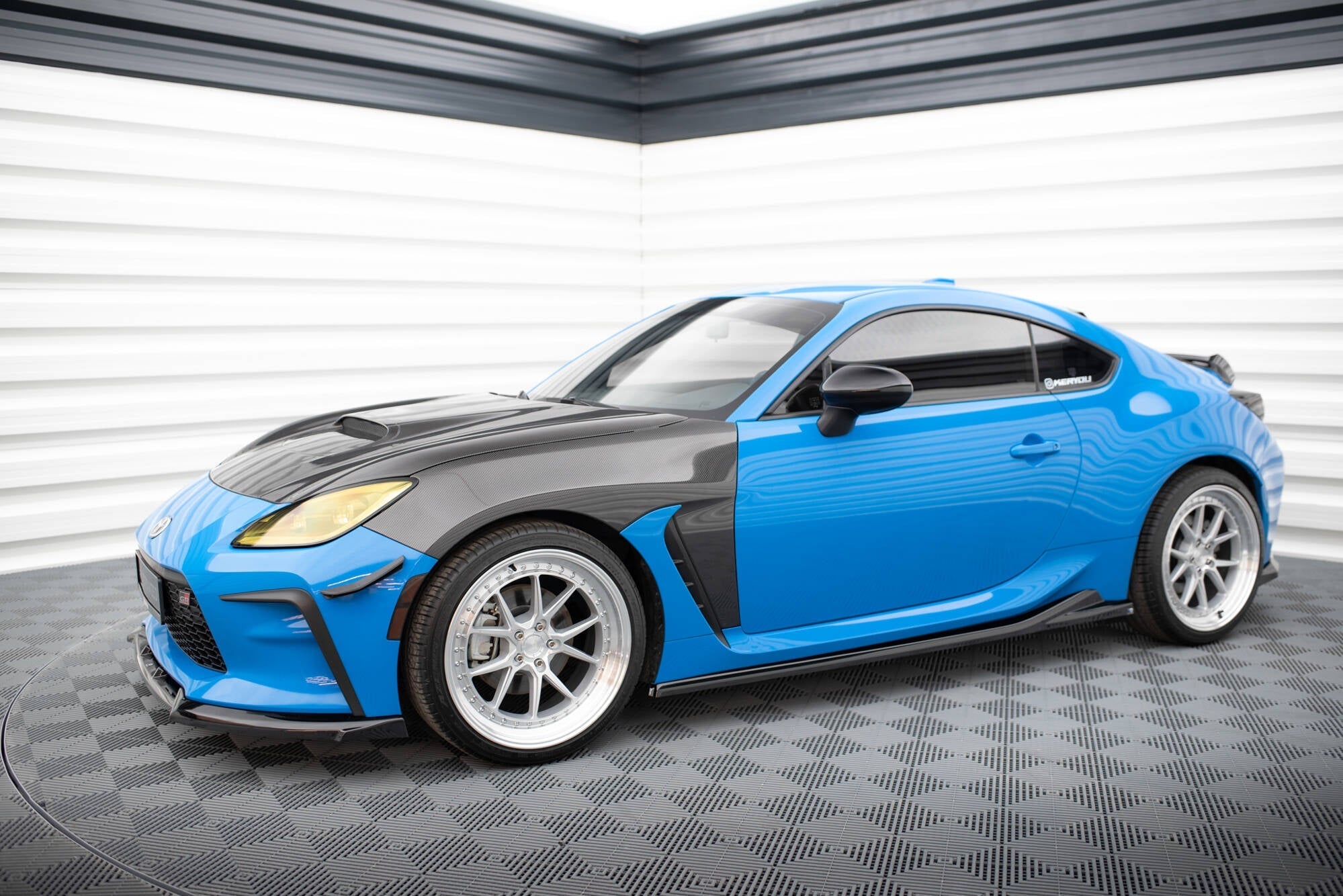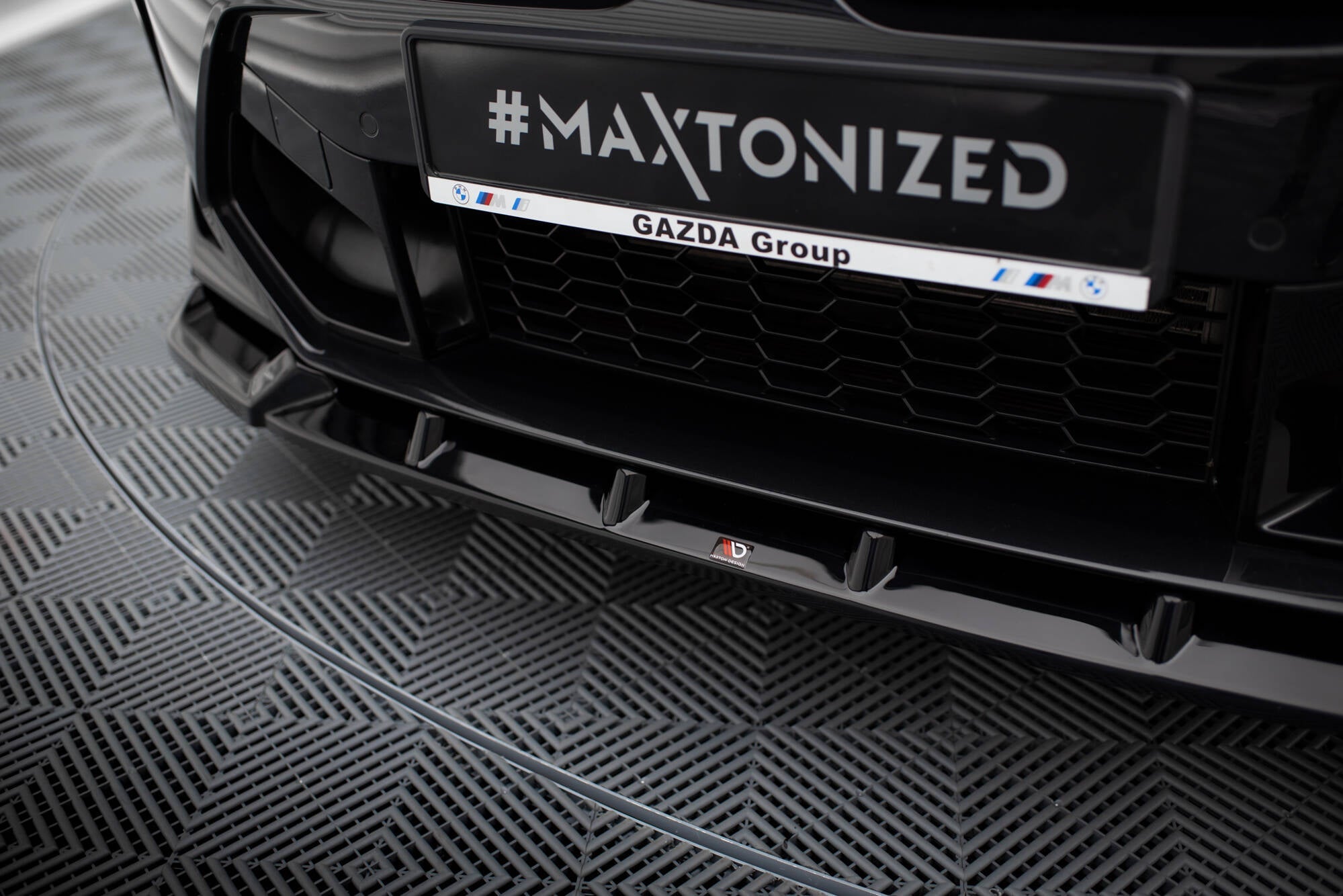Key Takeaways:
- Spoilers are designed to disrupt the airflow over the car's body, reducing lift and improving aerodynamics, handling, and high-speed stability.
- They were first used on airplanes before being introduced to racing cars in the late 1960s and early 1970s.
- Spoilers should not be confused with rear wings, which generate downforce and improve traction and stability during high-speed cornering and braking.
- Spoilers are not always necessary, especially for those who do not drive their car at high speeds.
The debate on the significance of spoilers has raged over several decades among car enthusiasts. Some believe that spoilers are only meant for race cars, while others have installed them on all their cars.
In this piece, we’ll take a closer look at rear spoilers and see what benefits they may offer. But first, let's understand what these car accessories are and how they work.
What is a spoiler on a car?
A spoiler is typically a small, flat or slightly curved device that is mounted on the rear of a car. It is usually integrated into the body of the car and is designed to disrupt the flow of air over the car's body.
Spoilers come in various shapes and sizes, depending on the specific make and model of the car, as well as the intended use of the vehicle.
They are mostly associated with high-performance sports cars and racing vehicles but can also be found on other types of cars, including sedans and SUVs.
Origins of spoilers
The origins of spoilers on cars can be traced back to the world of aviation. Spoilers were first used on airplanes to reduce lift and improve braking performance during landing. They were typically mounted on the wings of an aircraft and were used to disrupt the airflow over the wing, reducing lift and slowing the plane down.
In the late 1960s and early 1970s, spoilers began to be used on cars as well. This was primarily in the world of racing, where engineers and mechanics were always looking for ways to improve the performance of their vehicles.
Spoilers were found to be particularly effective in improving the handling and stability of racing cars, especially at high speeds and during cornering.
One of the earliest examples of the aerodynamic motion of a spoiler on a car was seen on the 1961 Ferrari 196 Dino SP, which started as a regular aerodynamic car, but as the racing season began, a spoiler were installed to increase the car's performance.
Today, you’ll see many cars with spoilers daily. Thanks to the growth of the aftermarket auto parts and accessories industry, spoilers are now more affordable than ever before and available in different materials.
What does a spoiler do?
When a car is moving at high speeds, there is a high-pressure air flow generated as air passes over the rear of your car, lifting it and making it unstable.
What a spoiler does is that, as the name suggests, it “spoils” that airflow and reduces the lift to further improve aerodynamics and the overall handling and high-speed stability of the car
Aside from improving your car’s aerodynamics, it is undeniable that a rear spoiler can make your car look sportier than the regular ones. Spoilers make cars more noticeable, so it is likely to earn you points among your peers.
Contrary to popular belief, a spoiler does not generate downforce. That is the job of the rear wings. And that brings us to the next question:
Rear spoilers vs rear wings: what’s the difference?
While both the spoiler and rear wing are designed to reduce drag and improve a car's aerodynamic performance, there are some key differences between the two.
Spoilers work by improving stability and handling, especially at high speeds. However, spoilers are generally not as effective at generating downforce as rear wings.
A rear wing, on the other hand, is a larger and more prominent device that is typically mounted on supports above the rear of the car. It is usually shaped like an upside-down airplane wing and is designed to create a significant amount of downforce at the rear of the car.
Rear wings work by creating a low-pressure area above the wing and a high-pressure area below it, which creates a downward force that pushes the rear of the car down. This can improve traction and stability, especially during high-speed cornering and braking.
How does downforce work?
Air pressure can build up under a car when it is being driven at high speeds. That pressure can cancel out the weight benefits of the car and cause it to lift. The result is a vehicle with poorer road grip, stability, and cornering capability.
A rear wing can prevent that from happening. It does this by allowing high-speed airflow to pass through over and under it. That pressure pushes the rear of the car down and causes the tires to grip the road better.
Therefore, it’s safe to say that with an appropriate rear wing, your car can do a better job of cornering at high speeds than cars that don’t have spoilers.
Does your car need a spoiler?
It’s important to point out that the effect of a rear spoiler may not be felt at street-legal speeds. If you never intend to let your car loose on deserted country roads or a track, for example, you may not fully experience a spoiler’s benefits.
The point is, if you don't drive your car at high speeds or engage in racing activities, you may not need a spoiler. Spoilers are designed to improve aerodynamic performance at high speeds, so if you mostly drive around town or on the highway, you may not see much benefit from having one.
Spoilers can also be expensive, especially if they are aftermarket accessories or if you need to modify your car to install one. If you're on a tight budget, a spoiler may not be a worthwhile investment.
Not to mention, spoilers also require regular cleaning and maintenance to keep them in good condition. If you're not willing to put in the time and effort to care for a spoiler, it may not be a good choice for you.
But…
If you regularly satisfy your need for top speed while on the tracks, spoilers can be particularly useful, especially for sports cars and racing vehicles that need to maintain high speeds and sharp turns.
Spoilers can also add a sporty look to your car, which can be appealing to some car enthusiasts. If you're interested in customizing your car, adding a spoiler can be a way to make it stand out and reflect your style.
In some cases, installing an appropriately designed and sized spoiler can improve the resale value of a car, but not in all cases.
How to pick the right spoiler for your car
Many people today buy aftermarket spoilers without checking whether the spoiler is ideal for the kind of car they have — which is wrong.
Spoilers, when produced the right way, are made for specific car models. The spoiler manufacturer does the required research concerning the aerodynamics of a car model. It produces spoilers that are in tune with the car’s specific aerodynamic needs.
A rear spoiler can look good on your car but if it is not properly angled, it actually causes more drag. This can result in instability and higher fuel consumption for many vehicles. Be sure to only purchase a spoiler that is designed for your kind of car.
Get your spoilers at Ausbody Works
The rear spoilers at AusBody Works are the real deal. They are made by top-rated aftermarket body kit manufacturers that do their due diligence when designing them.
At AusBody Works, we provide our customers with a great selection of high-quality and affordable ABS & Polyurethane body kits. Whether your car needs a rear spoiler or a full body kit to look its best, we’ve got what you need to mod your ride!







